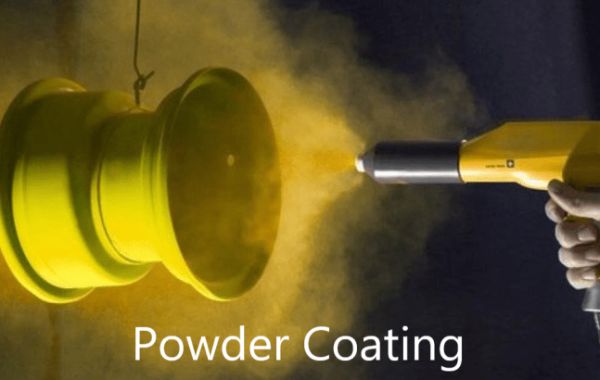Powder coating is a popular technique for applying a durable finish to metal, wood, and other materials. It involves spraying a dry powder onto the object, which is then electrostatically attracted to the surface and cured with heat. While powder coating offers several advantages over traditional liquid painting, there are some potential health risks to be aware of for both workers applying the coating and consumers who come into contact with the finished product.
Health Risks for Workers
Exposure to airborne powder particles during application can irritate the respiratory system, leading to coughing, wheezing, and difficulty breathing. Long-term exposure may increase the risk of developing occupational asthma or other respiratory problems. Direct skin contact with the powder can cause irritation, redness, and dryness. Repeated or prolonged contact may lead to dermatitis or allergic skin reactions. Powder particles can irritate the eyes, causing redness, watering, and discomfort. Accidental ingestion of powder, though unlikely, can cause gastrointestinal upset.
Health Risks for Consumers
Although minimal, some powder coatings may emit small amounts of volatile organic compounds (VOCs) after curing, potentially causing headaches, dizziness, or respiratory irritation, particularly in enclosed spaces with poor ventilation. Some pigments used in powder coatings may contain trace amounts of heavy metals like lead or cadmium, which can be harmful if ingested or inhaled in large quantities. However, the risk for consumers is generally considered low. If the powder coating is not properly cured or damaged, direct skin contact may irritate, especially for sensitive individuals.
How to Reduce Health Risks
For Workers: Workers should wear respirators certified for the specific powder being used, along with gloves, safety glasses, and full-body coveralls to prevent skin contact. Ensure proper ventilation in the work area to prevent airborne powder particles from accumulating. Exhaust fans and local ventilation systems are crucial. Practice good hygiene, including washing hands thoroughly after handling powder and before eating or drinking. Workers should receive proper training on the safe handling and application of powder coatings, including the use of PPE and safe work practices. Regular medical monitoring, particularly lung function tests, can be valuable for workers exposed to powder coatings on a long-term basis.
For Consumers: Opt for powder coatings with low or no VOC content to minimize off-gassing and improve indoor air quality. Ensure adequate ventilation in spaces with newly powder-coated objects, especially during the initial curing period. Open windows and doors to allow fresh air to circulate. Avoid direct skin contact with the powder coating, especially if it appears damaged or chipped. If contact occurs, wash the affected area with soap and water immediately. Ask the manufacturer or retailer about the specific powder coating used and any potential health concerns. Look for certifications indicating the coating meets safety standards.
By following these tips and adhering to safety protocols, both workers and consumers can significantly minimize the potential health risks associated with powder coating and enjoy the benefits of this durable and efficient finishing technology. Remember, prioritizing safety and choosing high-quality, low-VOC coatings are key to maximizing the environmental and health benefits of powder coating.








